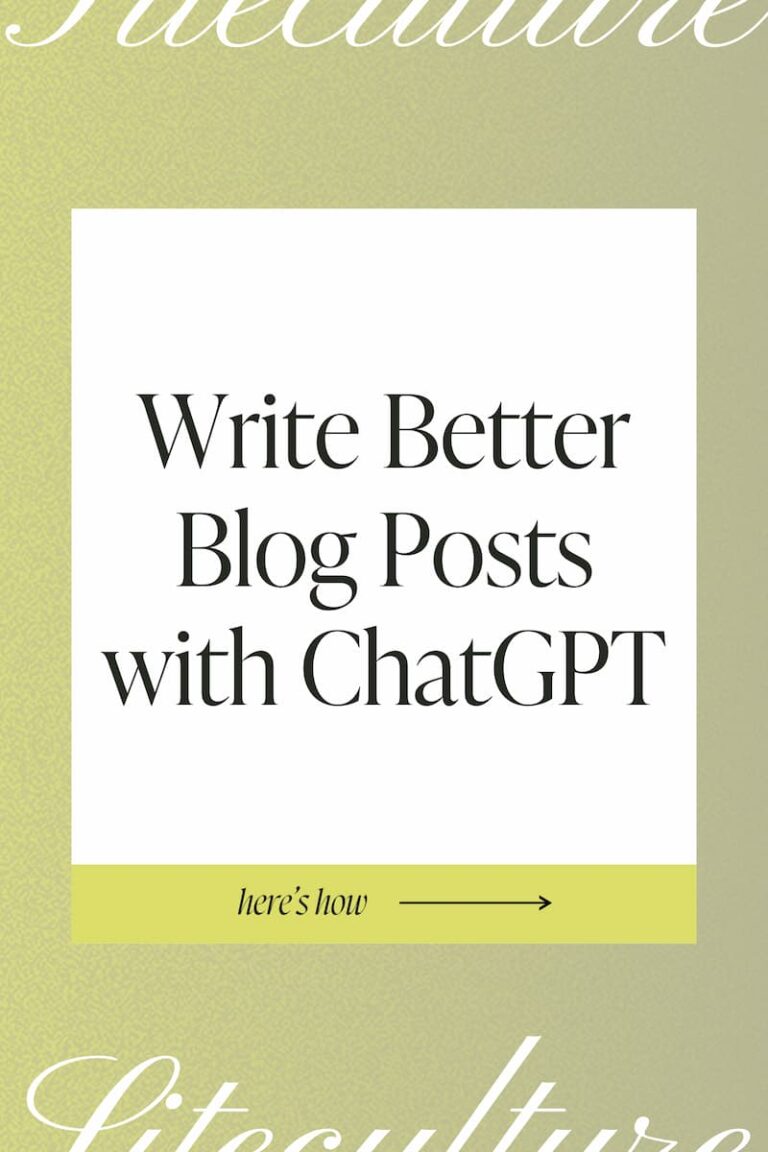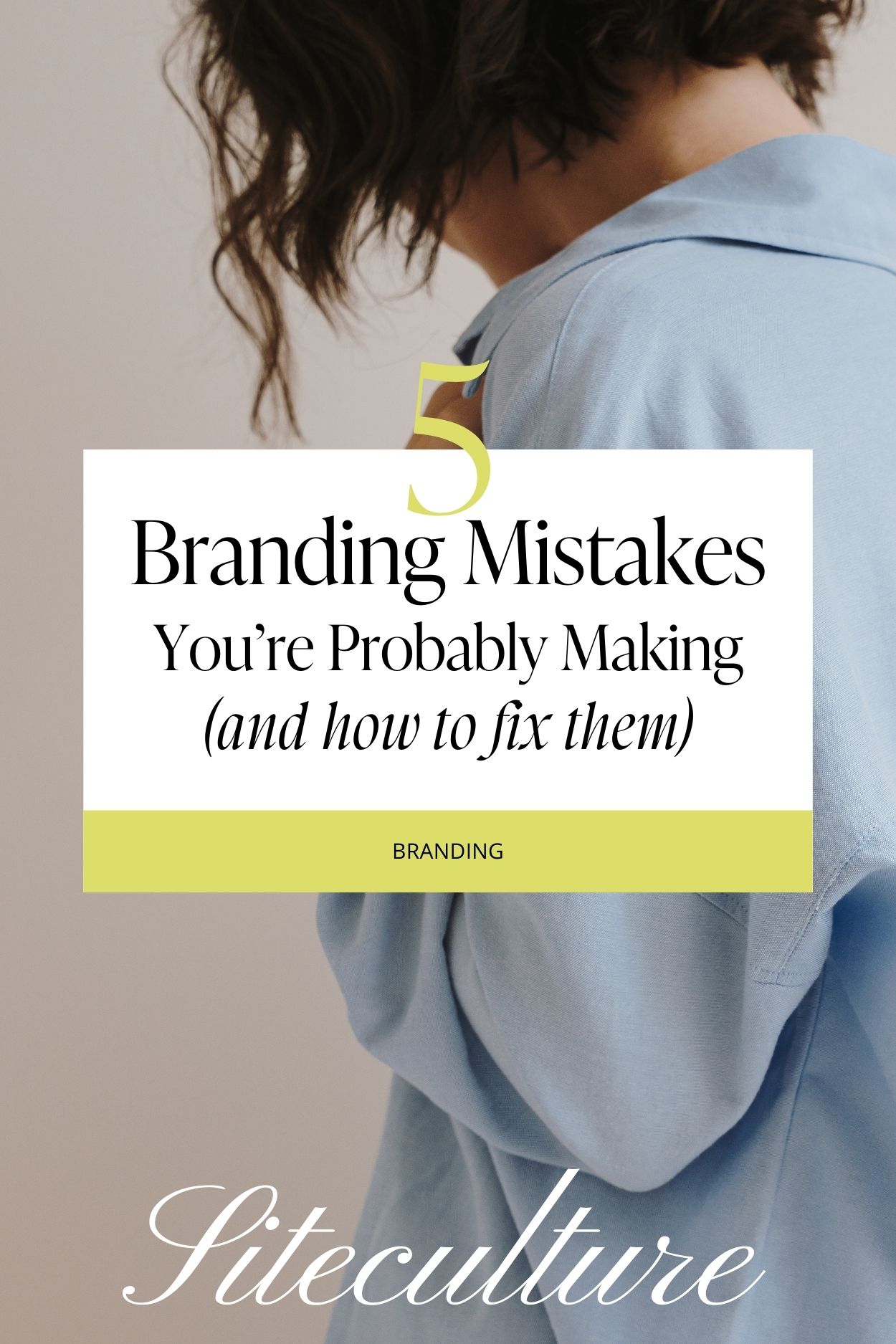One study showed that 90 percent of marketers plan to roll out an influencer marketing campaign in the near-future. And for good reason. Given the dominant presence of social media, it’s never been tougher to stand out online. Yet, that also means it’s an ideal time to invest in influencer marketing as part of your content marketing and advertising strategy.
Let’s start with a simple example. Suppose that you’d like to hire a house cleaner ahead of your son’s birthday party. Sure, you could search online and find countless options with sterling, five-star ratings and availability on the Tuesday morning that you need them. But, it’s possible (probable, even) that you’d elevate a trusted friend’s recommendation over any other factor.
The same principle applies to an influencer’s network on Instagram or Facebook. While word-of-mouth peer recommendations and referrals can help a business gain new customers one-by-one, an influencer instantly amplifies your message to a much broader network of trusting followers.
But first, let’s face an important reality. A full-blown influencer marketing campaign or program is likely to come with some sticker shock. If you hire an agency or marketing pro to help, you may pay an upwards of $18,000 per month! Yet, there are a few principles that you can readily apply, on a smaller scale and within your budget, to capture the potential of influencer marketing.
There are countless ways to engage with influencers, but what’s most important is tailoring an approach that fits within your available resources. Below are a few key principles you can apply to rightsize your strategy:
Find voices with a meaningful following. While the term “influencer” may seem quite official, it’s more than likely that many of your customers would make great candidates! Scan social media (e.g., Instagram, Facebook, or YouTube) to identify loyal customers that have a meaningful follower list. The key word here is meaningful: Quality is more important than quantity. Even those with fewer than 1,000 followers are a good target, as long as their followers are engaged and apt to reward them with a healthy dose of “likes.” Depending on your budget, it’s important to keep in mind that the cost to engage an influencer will increase with the size of their follower base. This handy guide has some helpful details on average pricing per paid social media post.
Prioritize the partnership. It’s crucial that an influencer posts regularly and consistently on behalf of your brand. A long-term partnership (involving repeated posting) yields much higher dividends, in terms of “brand association,” “ROI,” and “credibility,” than a one-off post. As you coordinate agreements with prospective influencers, consider arranging for a sequenced bundle of communications, whether that be Facebook posts, Instagram stories, or YouTube videos. Also, it’s worth noting that influencers will need to stick to some simple FTC disclosure guidelines when they promote your brand. More on that here.
Embrace creativity, authenticity, and unique voices. As customers, we crave authenticity and a genuine connection with brands. What better opportunity, then, to empower influencers with the creative license to be themselves? This approach is a win-win. Not only will paid posts be more authentic in the eyes of customers, but you’re likely to solidify a better working relationship with the influencer. In fact, in a recent study, 77 percent of influencers said that “creative freedom” is the most important factor in sustaining brand partnerships.
Let’s face it. Social media isn’t going anywhere anytime soon. When allocating your advertising dollars, it’s never been a wiser time to invest in influencer marketing. Bringing a trusted, credible voice, influencers not only generate powerful visibility for your brand, but they also introduce a new level of authenticity to your message in market—one that strengthens relationships with customers long term.












